
Steffen Junghans Legende
Leipzig 13 Apr – 9 Jun 2018
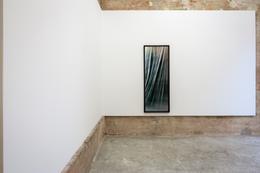
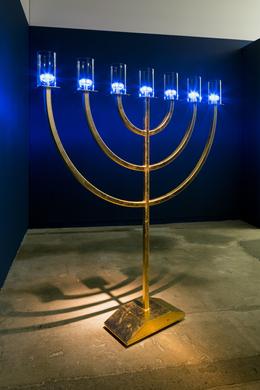
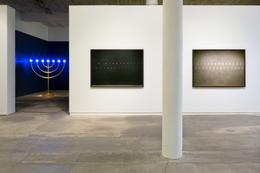
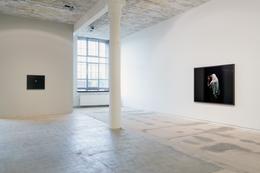
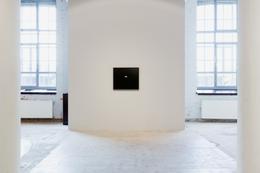
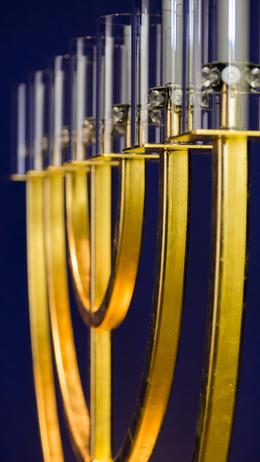
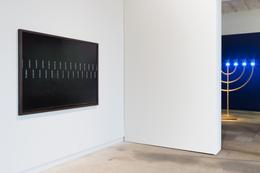
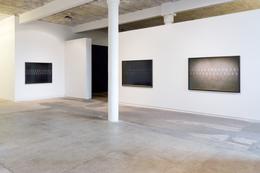
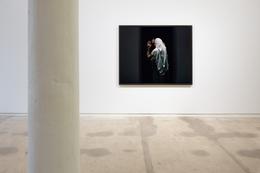
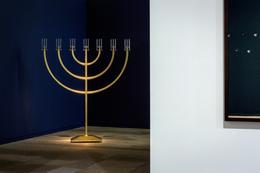
Legends and photography – both tell of something from the past and contain a truth worth protecting and preserving.
A photograph is an image that was created hours, days, or even centuries ago. The event that it shows appears to authenticate something of the past. In this temporal space, the connection between the „now and then“ is filled with longing, fantasy and memory.
A legend is a narrative against the dissappearance and loss of imagination, without claim to historical truth. It is a record of beliefs once held.
Neither the former event nor the once pictured object are historically resilient documents, but the meaning we find in their existence and the spirit of their being give us confidence. In this way, the legend and the photograph become the guardians of meaning. To simply believe in events as they are reported or pictured is possible, although it is without guarantee or certainty.
Junghans’ captures these silent motifs on negative film. Working with a high level of precision, he stages his motifs, oscillating between discovery and creation so that the works play with the idea of the legend, highlighting not an event in itself, but the visualisation of its loss.
For the first time Junghans’ photographic work is presented alongside an object. Shown in a separate, adapted space; it is a two-meter high, seven-armed chandelier. The seven arms reference the Menorah, that protection given to Moses on the forty-year migration of the Israelites to the temple in Jerusalem.
The metal object is gilded with 23.5 carat rose noble double gold. Triggered by overstepping an invisible boundary, seven bright blue lights simultaneously signal protection and threat. Junghans’ complex allegory spans preservation and transformation, worship and exclusion in a language that moves easily between both religious and secular contexts. By the observer reacting to the work and vice versa, Junghans also plays with our assumptions that the object is passive, which it is not.
In Junghans’ »Legende«, the motifs continue to hold onto their basic truths, but in various tempers. The sacred, cultural or sentimental worship of traditional and preserved spiritual ideas of the truth are all the material of legends. Observing the gradual decay of these ideas is a natural countermovement to that, and thus, an expression of a contemporary reflex.
A photograph is an image that was created hours, days, or even centuries ago. The event that it shows appears to authenticate something of the past. In this temporal space, the connection between the „now and then“ is filled with longing, fantasy and memory.
A legend is a narrative against the dissappearance and loss of imagination, without claim to historical truth. It is a record of beliefs once held.
Neither the former event nor the once pictured object are historically resilient documents, but the meaning we find in their existence and the spirit of their being give us confidence. In this way, the legend and the photograph become the guardians of meaning. To simply believe in events as they are reported or pictured is possible, although it is without guarantee or certainty.
Junghans’ captures these silent motifs on negative film. Working with a high level of precision, he stages his motifs, oscillating between discovery and creation so that the works play with the idea of the legend, highlighting not an event in itself, but the visualisation of its loss.
For the first time Junghans’ photographic work is presented alongside an object. Shown in a separate, adapted space; it is a two-meter high, seven-armed chandelier. The seven arms reference the Menorah, that protection given to Moses on the forty-year migration of the Israelites to the temple in Jerusalem.
The metal object is gilded with 23.5 carat rose noble double gold. Triggered by overstepping an invisible boundary, seven bright blue lights simultaneously signal protection and threat. Junghans’ complex allegory spans preservation and transformation, worship and exclusion in a language that moves easily between both religious and secular contexts. By the observer reacting to the work and vice versa, Junghans also plays with our assumptions that the object is passive, which it is not.
In Junghans’ »Legende«, the motifs continue to hold onto their basic truths, but in various tempers. The sacred, cultural or sentimental worship of traditional and preserved spiritual ideas of the truth are all the material of legends. Observing the gradual decay of these ideas is a natural countermovement to that, and thus, an expression of a contemporary reflex.
Artists